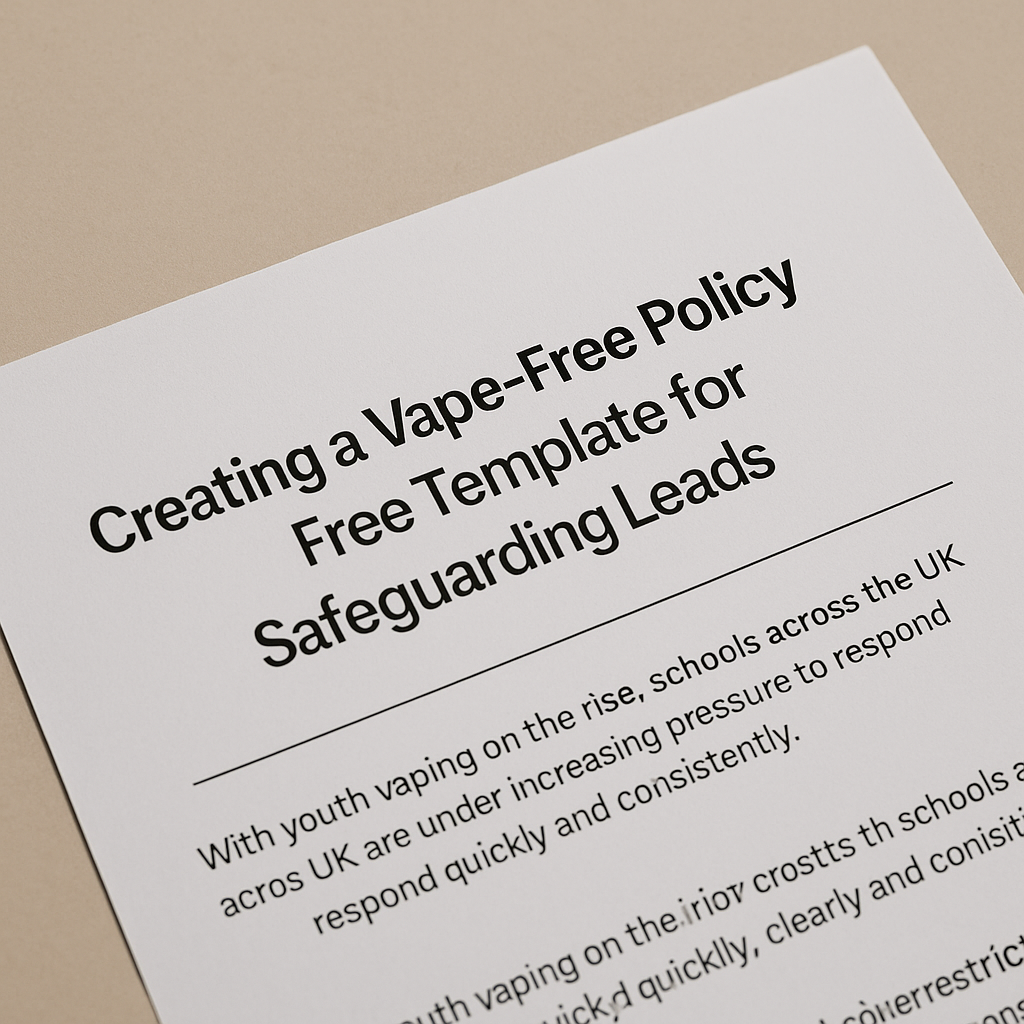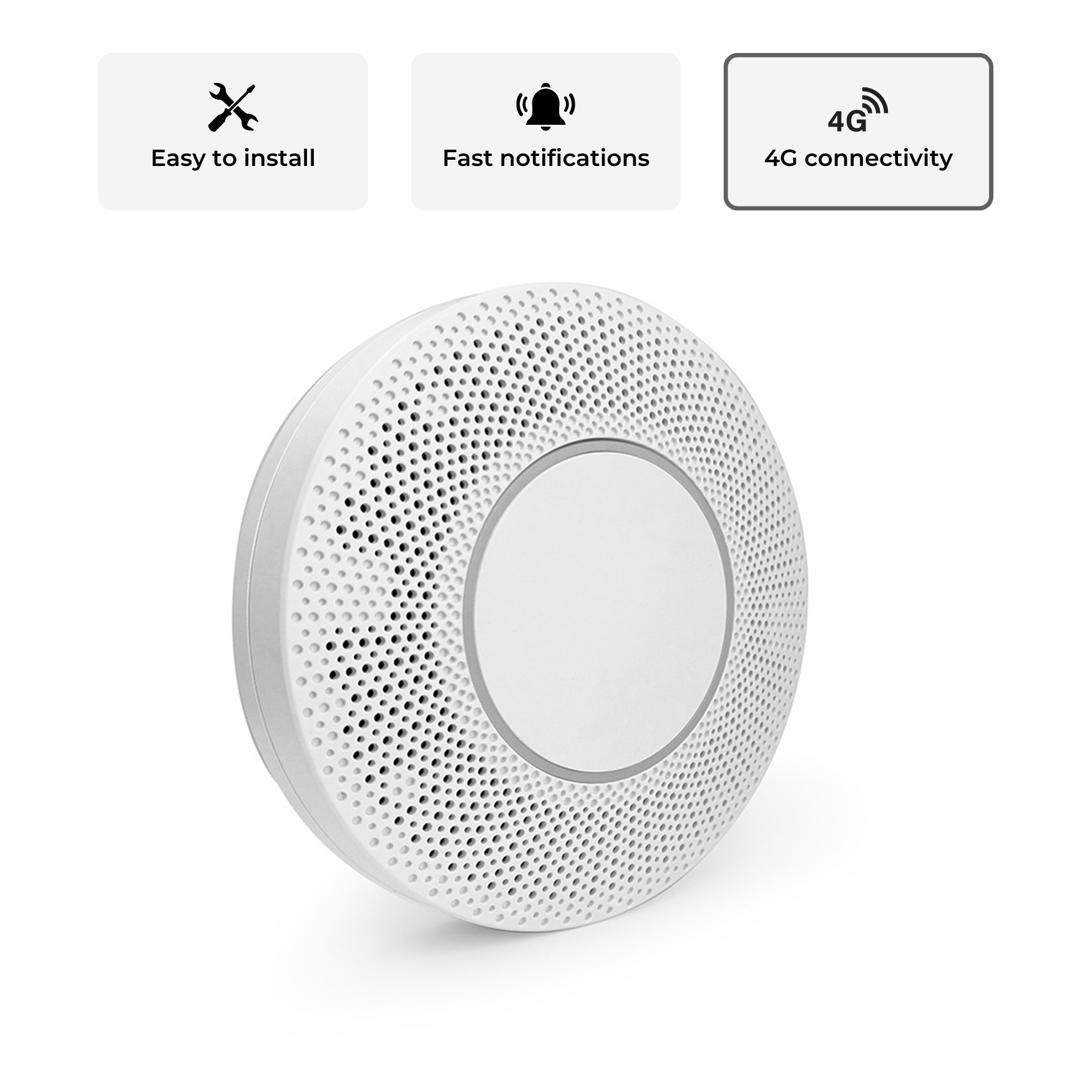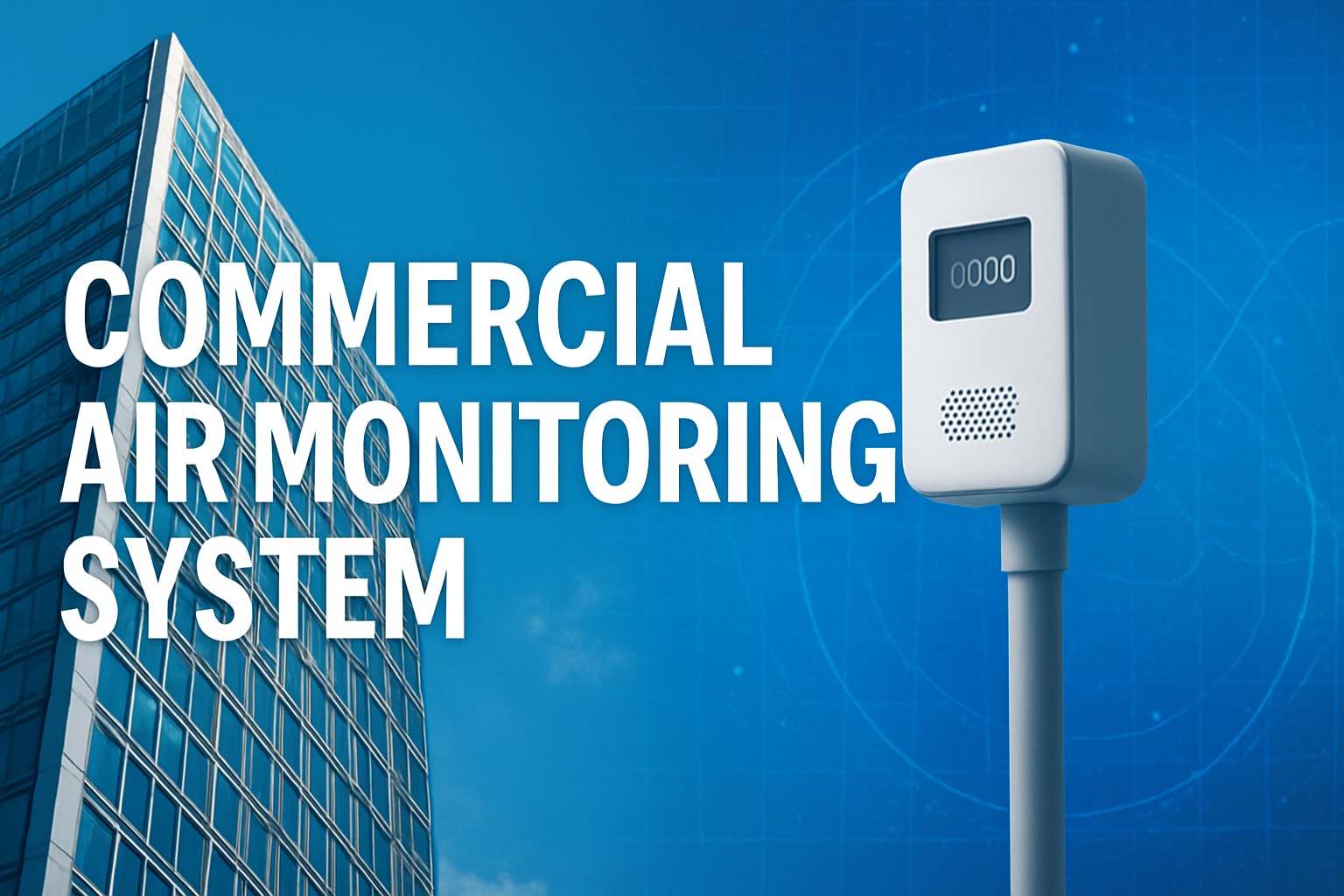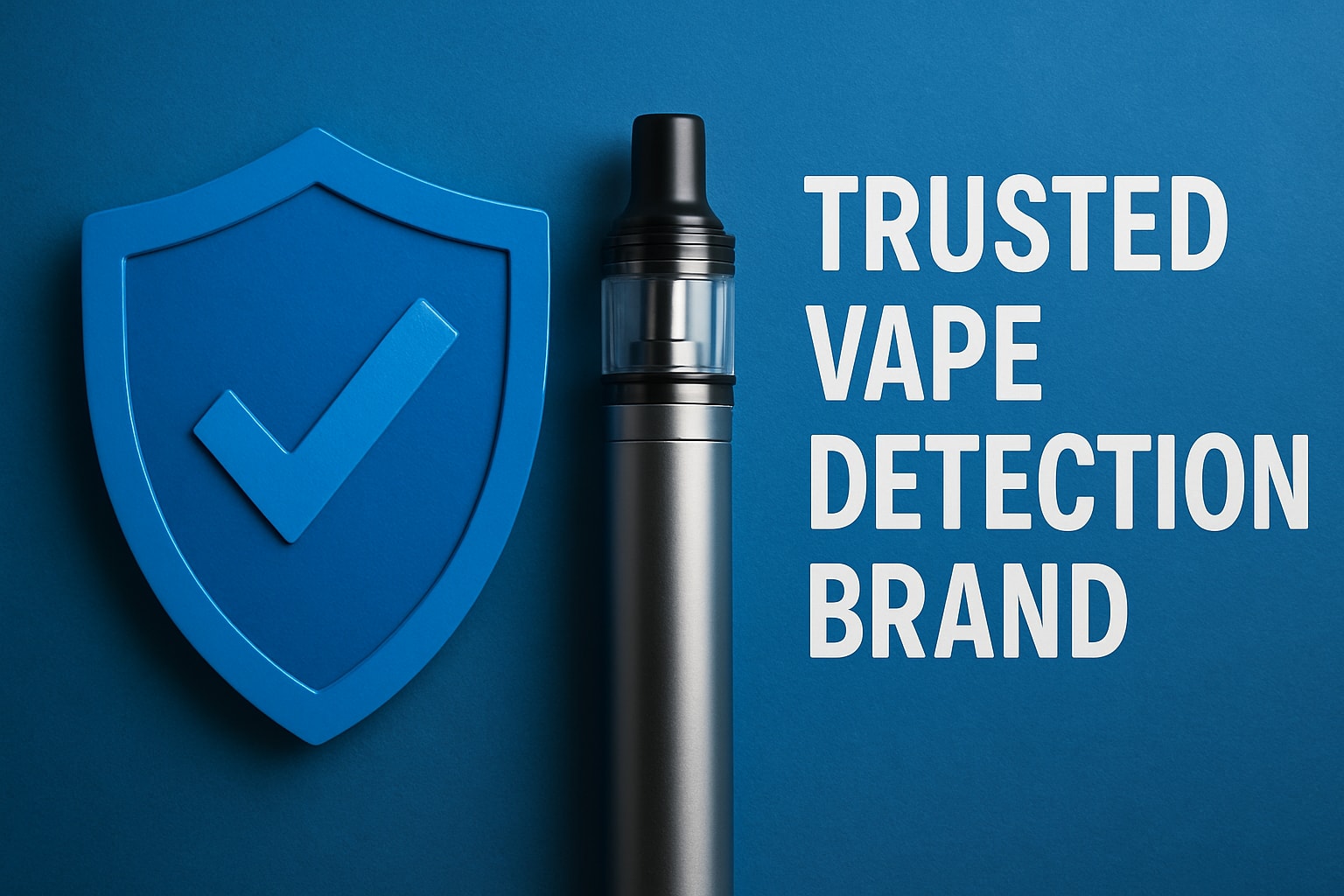With youth vaping on the rise, schools across the UK are under increasing pressure to respond quickly, clearly and consistently.
But while vape detectors and PSHE education are essential tools, they are most effective when backed by a clear, written vape free policy that is understood by staff, pupils and parents alike.
Whether you are updating your behaviour policy or starting from scratch, this guide will walk you through the essential elements — and includes a free downloadable policy template you can tailor to your school.
Why a Vape Free Policy Matters
A written vape free policy is more than a formality. It is a safeguarding tool. Here is why every school needs one:
-
Sets clear expectations for pupils, staff and visitors
-
Ensures consistency in how incidents are handled
-
Supports pastoral and disciplinary decisions
-
Helps meet Ofsted or Estyn requirements around behaviour and safeguarding
-
Strengthens communication with parents and the wider school community
Without one, staff may take mixed approaches, sanctions may be challenged, and your messaging can become unclear.
What Your Vape Free Policy Should Include
Here are the key sections we recommend including:
1. Purpose
State why the policy exists. For example:
“To provide a clear, consistent response to vaping on school grounds in order to safeguard pupil health, wellbeing and behaviour.”
2. Scope
Define who the policy applies to (pupils, staff, visitors) and where it applies (all areas of the school site, trips, transport, etc).
3. Definition of Vaping
Include what constitutes a vape or e cigarette — and whether nicotine free products are included (we recommend they are).
4. Legal and Health Context
Reference the law: vapes cannot legally be sold to under 18s, and schools are legally required to be smoke free.
You may also wish to include a brief summary of the health risks.
5. Detection and Monitoring
Explain how your school monitors for vaping — including the use of vape detection devices and staff supervision.
6. Response and Sanctions
Outline what happens when a pupil is caught vaping, or in possession of a vape.
Use a tiered response:
-
Education and pastoral support
-
Parental involvement
-
Sanctions (such as detention or internal exclusion)
-
Repeat offence escalation
7. Support and Education
Describe the support available to pupils struggling with vaping — for example, pastoral drop ins, counselling, or external resources.
8. Staff Roles and Responsibilities
Set out who does what — from SLT to tutors to site teams.
9. Parental Engagement
Explain how the school will inform and involve parents — for example, through letters, information evenings or policy updates.
10. Review Cycle
Policies should not gather dust. Note how often the policy will be reviewed, and by whom.
Free Template: Vape Free School Policy
We have created a free, fully editable policy template for safeguarding leads and SLT teams. It is written in plain English, includes all key sections, and can be customised for your school’s size, phase and structure.
Final Thoughts
A strong policy does not just protect pupils - it protects staff too. It gives you confidence, consistency and clarity in the face of a fast moving safeguarding issue.
If you are still developing your approach to vaping, this is a great place to start. And if you are already using vape detectors, it is the perfect way to formalise your strategy.
Need help creating or reviewing your policy? Get in touch - we are here to support schools every step of the way.











Share:
VapeGuardian: The Ultimate Solution for Tackling Vaping in Retail and Leisure Businesses
UK School Vaping Laws 2025: What Headteachers Need to Know